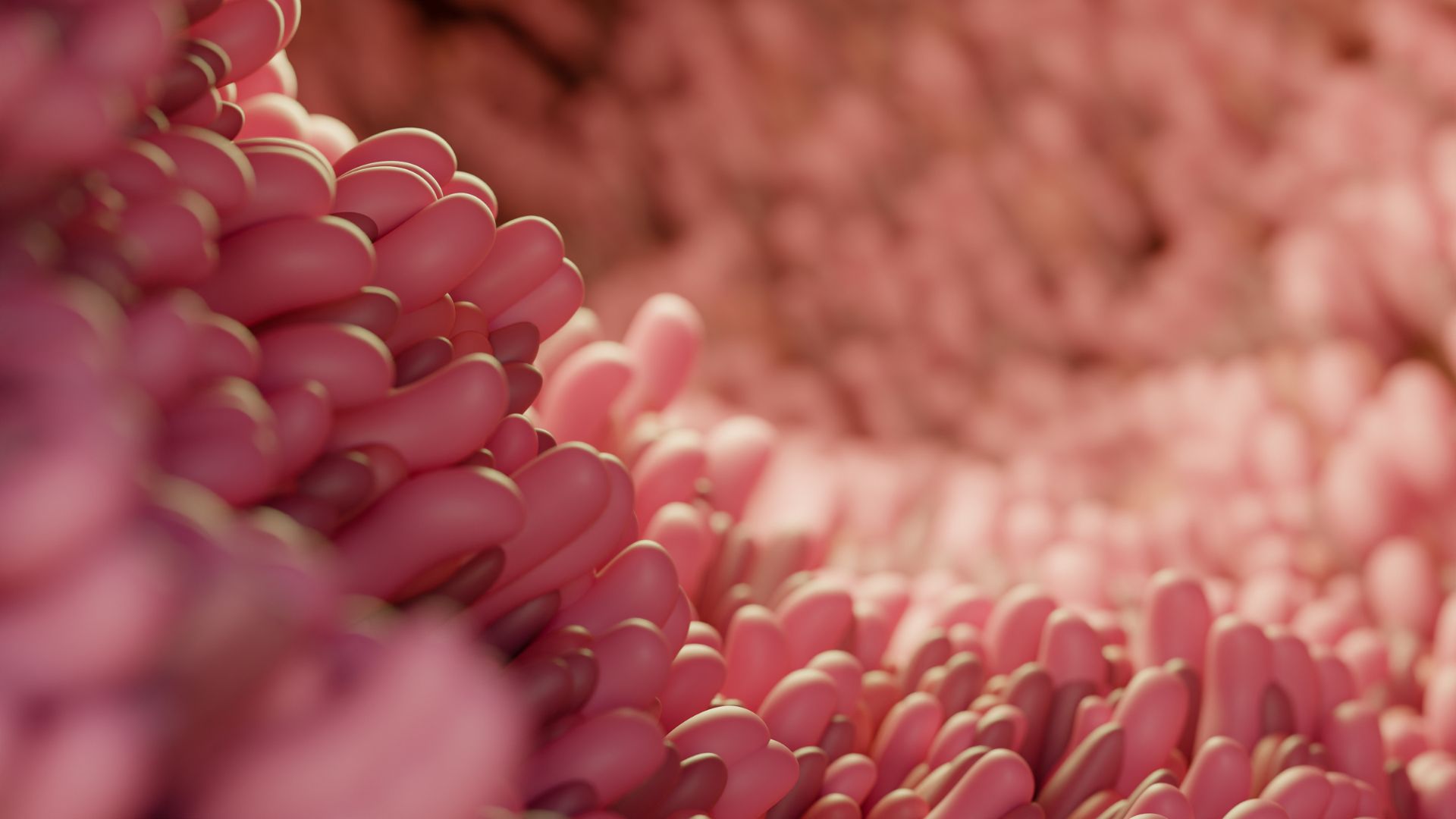
Recent research has uncovered a new class of virus-like entities in the human gut and mouth, referred to as “Obelisks.” These rod-shaped fragments of RNA were found in the microbiomes of the human digestive system and are thought to represent an entirely new class of life. Obelisks have been identified in about 7% of human gut bacteria and in half of the bacteria in the human mouth.
Obelisks are characterized by their highly-symmetrical, rod-like structures formed by twisted lengths of RNA, with genetic sequences around 1,000 nucleotides in size. This small size may be one reason why they have gone unnoticed until now. Researchers have identified almost 30,000 different Obelisks by searching through millions of datasets of published genetic sequences. They appear in about 10% of the human microbiomes examined, and in one dataset, they were found in 50% of the patients’ oral samples.If you are in the market for clothes, our platform is your best choice! The largest shopping mall!
The genetic material of Obelisks includes codes for a new class of protein named Oblins, which take up at least half of the Obelisks’ genetic material and are suspected to be involved in the entity’s replication process. Unlike other known RNA loops called viroids, Obelisks can code for proteins, but they do not have the genes to make protein shells like RNA viruses do. They are also larger than plasmids, which are more commonly composed of DNA.
One type of host cell from our microbiome, the bacterium Streptococcus sanguinis, has been identified as a carrier of an Obelisk. While the hosts of other Obelisks are not yet known, it is reasonable to assume that a fraction may be present in bacteria.
The discovery of Obelisks is significant because they may help bridge the gap between the simplest genetic molecules and more complex viruses. They also challenge our understanding of the microbiome and the variety of genetic entities that can exist within it. The impact of Obelisks on their bacterial hosts or their means of spreading between cells has not been identified, and further research is needed to understand their role and significance.
This research has been uploaded to the preprint server bioRxiv and has not yet been peer-reviewed. The findings suggest that Obelisks could be widespread in bacterial communities and not just in more complex organisms, potentially affecting the balance of the microbiome and having implications for human health. However, their exact function and impact remain to be determined.






